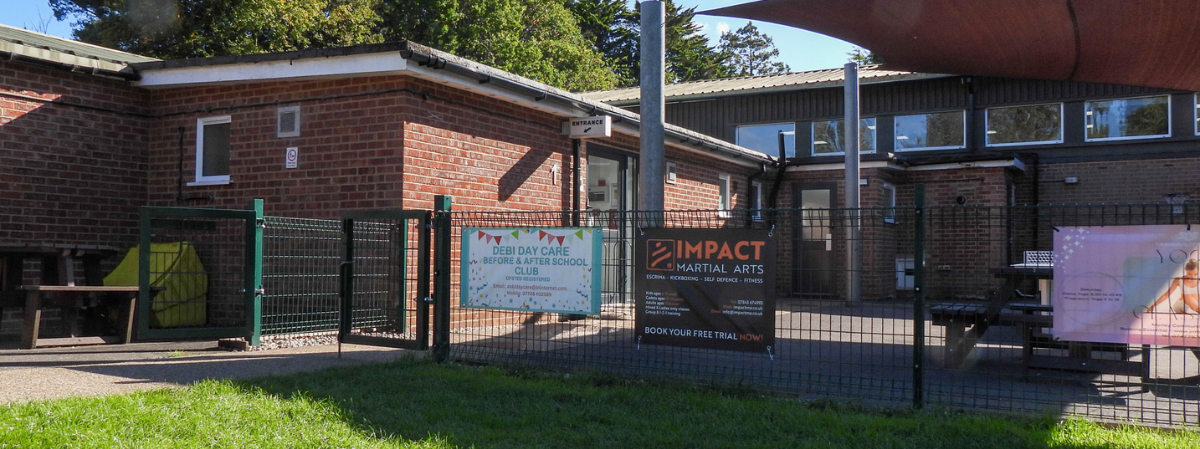Washroom Products

Merley Court Community Centre in Dorset is a busy local hub hosting events and activities throughout the year. Two years ago, Commercial Washrooms refurbished the female toilets, creating a bright, mo...
Read the articleCheckout using your account
Checkout as a new customer
Creating an account has many benefits:

Merley Court Community Centre in Dorset is a busy local hub hosting events and activities throughout the year. Two years ago, Commercial Washrooms refurbished the female toilets, creating a bright, mo...
Read the article